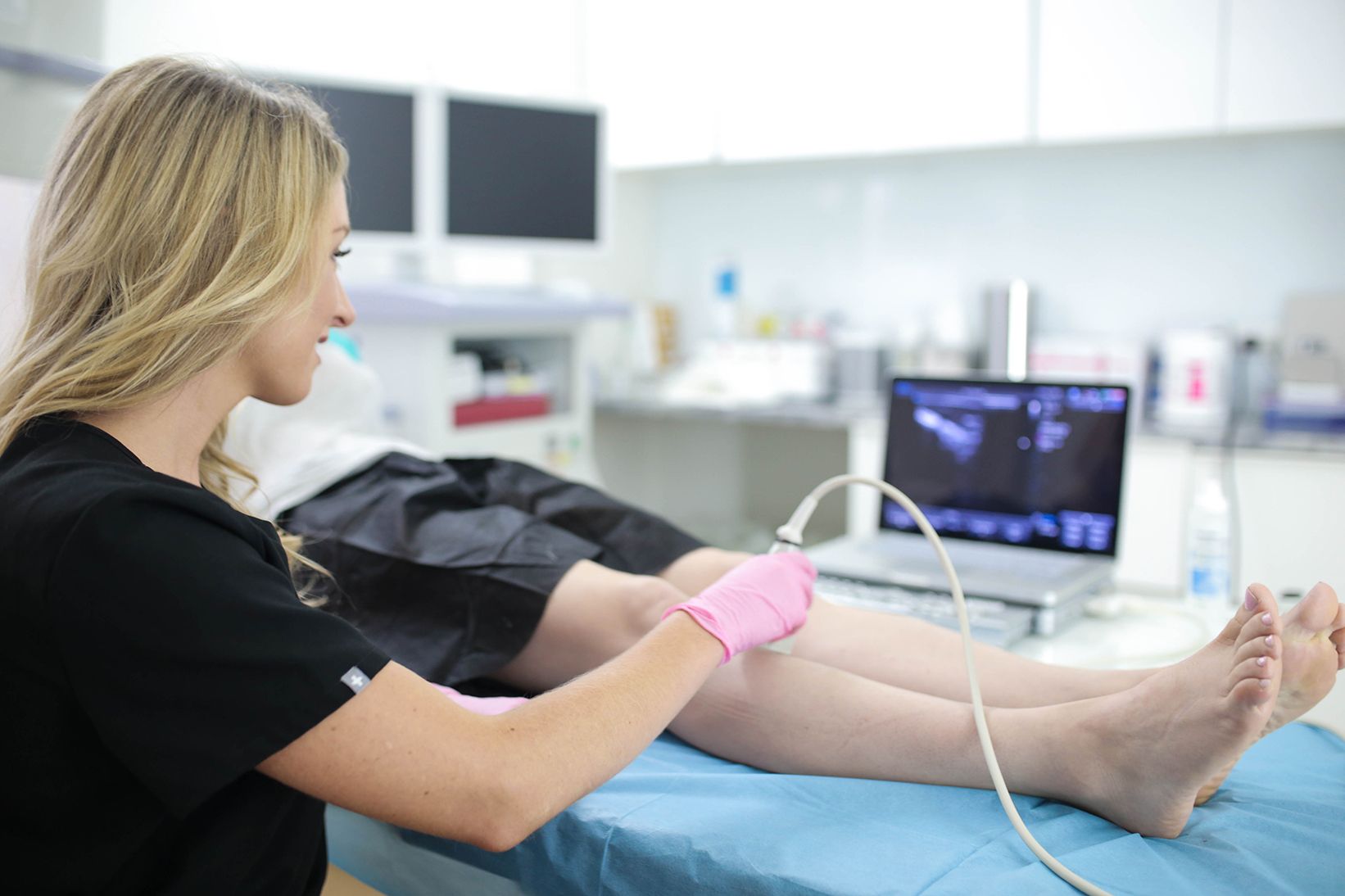Are Varicose Vein Treatments Covered by Insurance? Here’s What You Need to Know
Varicose veins are more than a cosmetic issue—they can lead to discomfort, swelling, and even serious health problems if left untreated. Fortunately, advancements in vein care have made treatments more accessible and effective. But one of the most common questions patients ask is, “Are varicose vein treatments covered by insurance?” Let’s explore the answer and help you understand what to expect when visiting vein treatment doctors.
Understanding Varicose Veins: Not Just a Cosmetic Concern
Varicose veins occur when valves in your veins become weak or damaged, causing blood to pool and veins to enlarge. While many people associate them with bulging veins on the legs, the symptoms can include:
- Aching or heavy legs
- Swelling in the ankles or feet
- Cramping or throbbing
- Itching around the veins
- Skin discoloration
These symptoms indicate that varicose veins are a medical condition, not just a cosmetic flaw. That distinction matters when it comes to insurance coverage.

When Does Insurance Cover Varicose Vein Treatment?
The good news is that most insurance companies will cover varicose vein treatments—but only when they are deemed medically necessary. If you're only seeking treatment for cosmetic reasons, such as improving appearance, your insurance may deny the claim.
To qualify for coverage, insurance providers often require documentation showing that:
- You experience painful or debilitating symptoms
- Conservative treatments like compression stockings have failed
- A physician confirms the presence of venous reflux or chronic venous insufficiency through diagnostic testing (like ultrasound)
If these conditions are met, your vein treatment doctors can help you get approval from your insurance provider.
What Types of Treatments Are Typically Covered?
Several effective varicose vein treatments are available today. If your condition is medically necessary, most insurance plans may cover procedures such as:
1. Endovenous Laser Therapy (EVLT) or Radiofrequency Ablation (RFA)
These minimally invasive procedures use heat to close off damaged veins. Patients typically experience quick recovery and minimal discomfort.
2. Sclerotherapy
Used for smaller varicose and spider veins, this procedure involves injecting a solution that collapses the vein. While often used for cosmetic reasons, it may be covered if performed on painful veins.
3. Ambulatory Phlebectomy
This surgical technique removes surface varicose veins through tiny incisions. It’s usually done under local anesthesia and often covered when veins cause physical symptoms.
4. Ultrasound-Guided Foam Sclerotherapy
For deeper or larger veins, a foam solution is used to close them. Insurance may approve this method when more superficial treatments aren’t effective.

How Vein Treatment Doctors Help With Insurance Approval
Experienced vein treatment doctors play a crucial role in navigating the insurance process. Here's how they assist you:
- Conduct a thorough consultation and exam: Doctors evaluate your symptoms and perform diagnostic tests to determine the severity of your condition.
- Document medical necessity: They prepare detailed reports and imaging to submit with your insurance claim.
- Provide a treatment plan: The proposed procedures, duration of treatment, and expected outcomes are clearly outlined.
- Communicate with your insurance company: Many vein clinics work directly with insurance providers to pre-authorize treatments and minimize delays.
Choosing a reputable vein specialist ensures that you’re not only getting the right care but also maximizing your insurance benefits.
What to Do If Your Insurance Doesn’t Cover It
If your treatment is denied for being cosmetic, or if you don’t meet all the medical criteria, don’t panic. You still have options:
- Submit an appeal: Your vein doctor can help you challenge the decision by providing additional documentation.
- Flexible payment plans: Many vein clinics offer financing or affordable payment plans to make treatment more accessible.
- Health Savings Accounts (HSA): You may be able to use pre-tax dollars to cover treatment costs through an HSA or FSA (Flexible Spending Account).
Final Thoughts: Don’t Let Insurance Confusion Delay Your Health
So, are varicose vein treatments covered by insurance? The answer is often yes—when your condition is medically necessary and well-documented. Delaying treatment can worsen your symptoms, so it’s important to consult with qualified vein treatment doctors who understand both the medical and insurance aspects of vein care.
By taking the first step and scheduling a consultation, you’ll not only feel better but could also avoid more serious complications down the road. Remember, healthy veins mean a healthier you—and insurance is often there to help make it possible.
Comments
Post a Comment